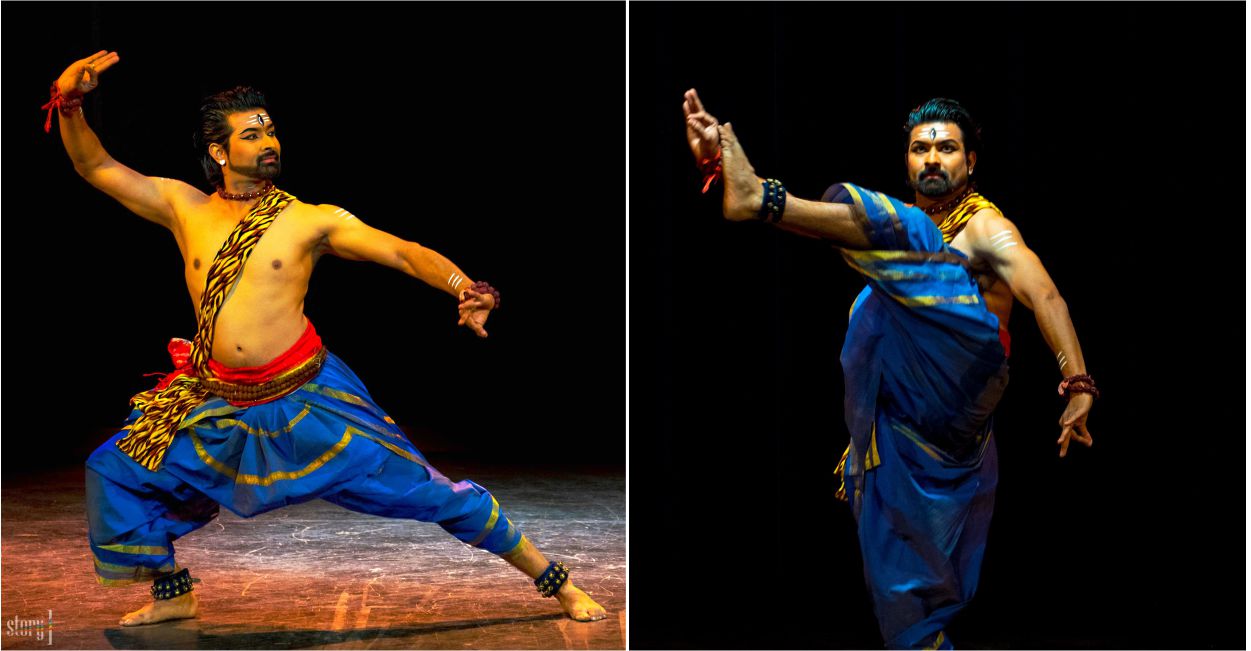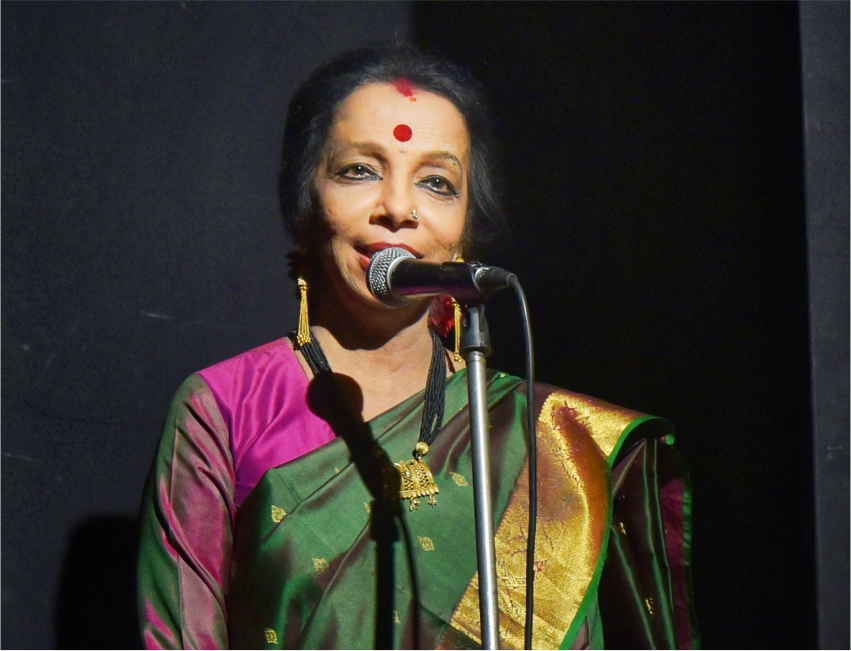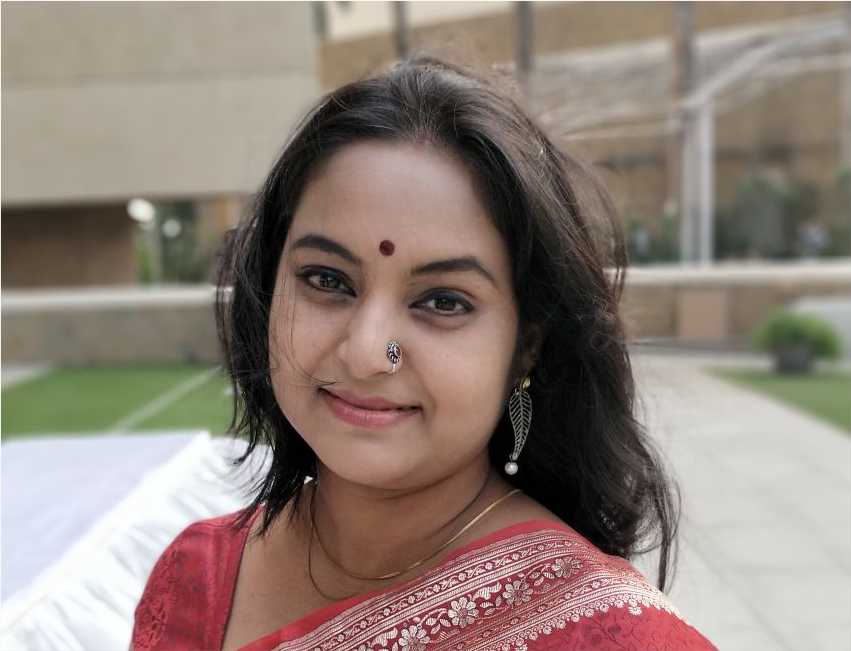Talent Extraordinaire - Rakesh Sai Babu

- Sandip Soparrkar
- 26 Oct, 2023
Dance Trance by Sandip Soparrkar
Dancing is a crafted skill that comes through much dedication, discipline, motivation, determination and above all with laser sharp focus. That is why it is said a good dancer can command respect wherever they walk in and to add to that if a dancer has royal ancestry in the art it becomes a cherry on the already iced cake. This cherry surely belongs to the young and dynamic Rakesh Sai Babu.
Rakesh is a Mayurbhanj Chhau dancer and is a recipient of the very prestigious Bismillah Khan Yuva Puraskar in the field of Chhau given by Sangeet Natak Academy. He is grandson of the legendary late Ananta Charan Sai Babu (1915-1989) who was instrumental in popularizing Mayurbhanj Chhau in pre- and post-independence period in India. Born in a family of Chhau performers in Mayurbhanj, Ananta ji studied under his father Radhamohan Sai and other gurus of Chhau dance such as Dibakar Bhanj Deo and Mohammad Rejak Khan. His successors son Guru Janmejoy Sai Babu and two grandsons Rajesh Sai Babu & Rakesh Sai Babu continued to spread classical Chhau dance technique till today. So, you can very well imagine the legacy Rakesh comes from.
He has performed extensively in various dance festivals and shows all over India and abroad as well and has conducted workshops in chhau all over the world. Apart from being an empaneled artist with ICCR and also teaches Chhau at his own dance institute and is founder director of Trikaya dance group.
Recently he performed a very fascinating and interesting show with episodes from Indian mythology, where Rakesh danced with full gusto leaving the audience and all the dance lovers present at the show asking for more. The theme and stories he chose were beautifully performed and executed.
Celestial bird Garuda - Garuda visits chandra lok (the land of the moon) to bring amrit (nectar) in order to make his mother free from bondage. In chander lok he encounters a fierce fight with Lord Vishnu. Inspite of Lord Vishnu's deadly weapons the sankha, Chakra, Gada and Padma. All are unable to defeat the mighty powerful Garuda, being pleased with Garuda's bravery Lord Vishnu offers him the amrit and requests him to be his vahana (vehicle). Garuda accepts this honorable position humbly with great joy.
Nataraj dance - An important and popular solo item where three aspects of Lord Shiva with three dominant moods that is creation, preservation and destruction were depicted in the dance. Rakesh used different yogic postures and integrated it attractively in the dance movement.
Dandi - This traditional Chhau item was based on the traditional custom of a Brahman boy, who becomes a brahmachari (bachelor) after all rituals (Bratopanayan), holding danda and kamandalu.
War dance (Rook Mar Nacha) - This is one of the group items in Mayurbhanj Chhau repertoire, which was conceived in early years of the evolution of Mayurbhanj Chhau. Rook means to defend and maar means to attack. This is a highly stylized mock fight between two groups of warriors holding swords in his right and shields in their left.
Rakesh Sai babu and his equally talented wife Priya Srinivasan who is also an accomplished Bharatnatyam dancer trained at Kalakshetra, the College of Fine Arts in Chennai, together they run Trikayaa dance company. Trikayaa includes a unique and artistic blend of two dance forms. It focuses on maintaining the purity of the individual art forms, nonetheless attempting to innovate with configuration and design within the productions. Their performances include pure Mayurbhanj Chhau and Bharatanatyam pieces. The challenge for Trikayaa is to endeavor an aesthetic collaboration within the framework of the two distinct forms. The group includes well-trained dancers from both Mayurbhanj Chhau and Bharatanatyam forms.
With the blessings of their father and grandfather this young couple who have inherited the art continue the family heritage given to them. Love, respect, admiration and appreciation keeps pouring in each time Rakesh Sai Babu takes to the dance floor and days when he is joined by his talented wife those shows turn out even more special.
About Chhau Dance
Chhau is a semi classical Indian dance with martial, tribal and folk traditions, with origins in eastern India. It is found in three styles named after the location where they are performed, i.e. the Purulia Chau of Bengal, the Seraikella Chau of Jharkhand, and the Mayurbhanj Chau of Odisha.
The dance ranges from celebrating martial arts, acrobatics and athletics performed in festive themes of a folk dance, to a structured dance with religious themes found in Shaivism, Shaktism and Vaishnavism. The costumes vary between the styles, with Purulia and Serakeilla using masks to identify the character. The stories enacted by Chhau dancers include those from the Hindu epics the Ramayana and the Mahabharata, the Puranas and other Indian literature.
The dance is traditionally an all male troupe, regionally celebrated particularly during spring every year, and may be a syncretic dance form that emerged from a fusion of classical Hindu dances and the traditions of ancient regional tribes. The dance is amazing and brings together people from diverse socio-economic backgrounds in a festive and religious spirit.
To top it all, in 2010 the Chhau dance was inscribed in the UNESCO's Representative List of the Intangible Cultural Heritage of Humanity.




